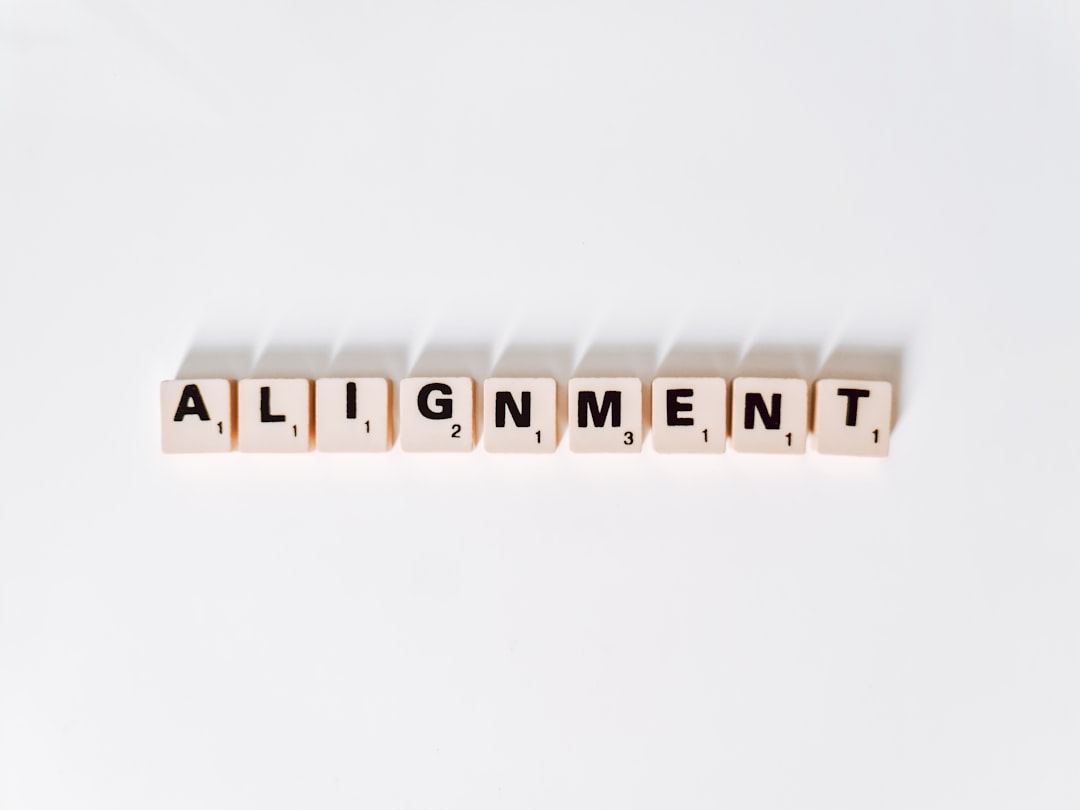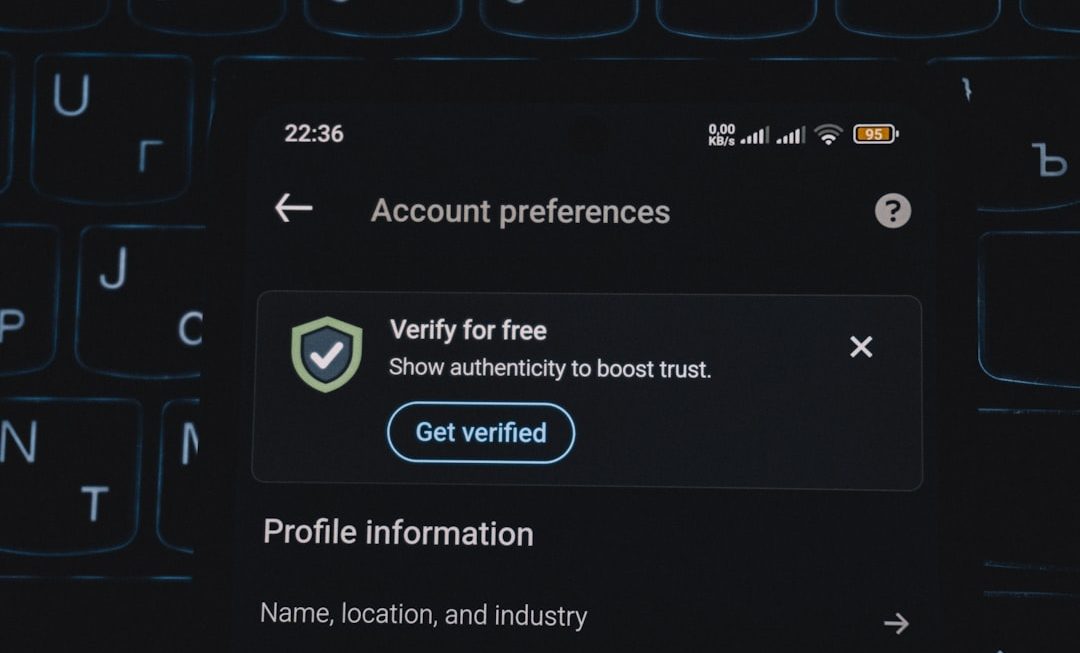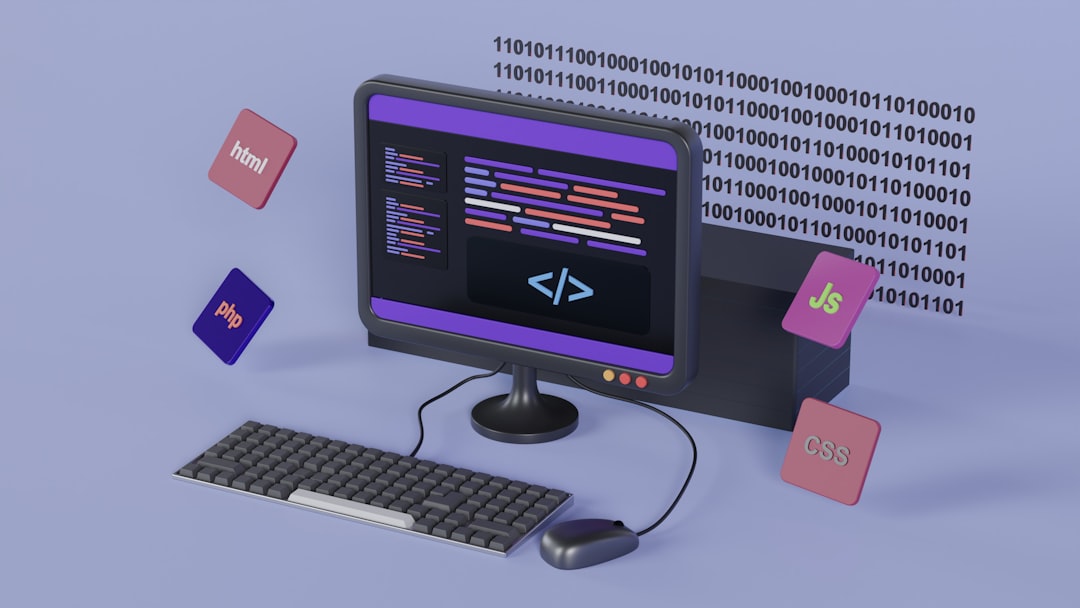In recent months, the world of AI-generated imagery has advanced dramatically, with Stable Diffusion and its partner extension ControlNet leading the way in controllable image generation. Yet, despite their popularity and impressive capabilities, users and developers alike noticed a recurring challenge — ControlNet would frequently fail to follow pose instructions accurately, resulting in misaligned outputs. This posed a significant problem for applications requiring precision, such as character art, fashion mockups, and storyboard visualization. Fortunately, a fix in the preprocessing pipeline has emerged to address these misalignments, restoring faith in the robustness of the technology.
TL;DR
Early iterations of ControlNet with pose estimation often failed to align generated images with intended human poses. This was traced back to inconsistencies in how the pose data was preprocessed. A revised preprocessing pipeline—including better normalization, filtering of noisy keypoints, and consistent keypoint formatting—significantly improved pose adherence. As a result, image outputs now closely match input pose references, giving developers more reliable control over generation outcomes.
ControlNet and the Importance of Accurate Pose Following
ControlNet is a neural network model designed to guide the output of diffusion models like Stable Diffusion by incorporating additional conditions—such as edge maps, depth, or pose skeletons. When using pose data as an input, it allows users to dictate how characters should be positioned, offering a high degree of control over generated compositions.
However, users quickly identified that even under ideal conditions—with clear pose input and high-resolution base models—images were often misaligned or featured characters in incorrect postures. This undermined the reliability of pose-based generation, especially in use cases where anatomical accuracy or stylistic consistency was paramount.
Through community debugging and developer investigations, it became evident that the problem didn’t lie in the diffusion model’s core architecture—but instead originated in the way pose data was being preprocessed before reaching ControlNet.
Common Symptoms of Misalignment
Several recurring symptoms characterized the pose alignment issues:
- Incorrect limb angles—Generated characters had arms, legs, or torsos in different positions than specified in the reference skeleton.
- Mirrored poses—Poses were horizontally flipped, leading to layout inconsistencies.
- Missing limbs in output—Due to incomplete or noisy pose detection, some parts were excluded or misrepresented in the final image.
- Distorted proportions—Inaccurate scaling caused legs, arms, or head sizes to fall out of balance.
All of these issues pointed to a preprocessing pipeline that was insufficiently robust to deliver clean and standardized pose data to ControlNet.
Diagnosing the Core Issues
The initial preprocessing process used open-source pose estimation models such as OpenPose or BlazePose to extract 2D skeleton data from source images. However, issues emerged from:
- Lack of normalization: Pose keypoints varied drastically in scale, causing inconsistencies in how skeletons were interpreted by ControlNet.
- Noisy detections: Estimators occasionally misidentified hands or failed to track keypoints in motion-blurred or occluded shots.
- Differing keypoint sets: Models like OpenPose and BlazePose produce different sets and ordering of keypoints, leading to conflicting skeleton definitions.
These discrepancies made it difficult for ControlNet to learn a reliable mapping from input pose to output image. The result was apparent visual noise and uncertainty in pose visualization.
Image not found in postmetaThe Fix: Updating the Preprocessing Pipeline
To resolve these issues, developers contributed an updated preprocessing pipeline designed with pose consistency and fidelity in mind. Key improvements included:
- Standardized keypoint format: A unified format was established regardless of which pose detection model was used. All keypoints were reordered and normalized to match ControlNet’s expected input dimensions.
- Filtering for confidence scores: Pose estimation confidence thresholds were applied to ignore low-certainty detections, especially in noisy regions like hands or feet.
- Automatic mirroring correction: Detected keypoints were analyzed for left-right consistency, and horizontal flips were adjusted ahead of ControlNet processing.
- Skeleton smoothing: Temporal filtering and interpolation were introduced to smooth jittery keypoint sequences for multi-frame applications or GIF inputs.
These changes had a substantial impact. Skeleton inputs were now both consistent and clean, giving the underlying generative model a better foundation for producing accurate results.
Demonstrated Improvements in Output Quality
After integrating the updated preprocessing pipeline, developers and users observed a marked improvement in pose adherence. Characters now matched the source pose much more closely:
- Reduced pose deviation: Limbs, heads, and torsos closely mirrored the input skeleton, improving anatomical accuracy.
- Lower dropout incidence: Few to no missing limbs were reported when using high-confidence keypoints.
- Fewer artifacts: Jitter and ghost limbs occurred far less often, especially in animations or multi-view renders.

For professionalizing workflows—including art pipelines, motion studies, or AR avatar generation—this was a dramatic step forward.
Best Practices for Pose-Conditioned Image Generation
To achieve optimal results with the improved pipeline, users should adopt the following practices:
- Use high-resolution input images for pose extraction to avoid keypoint ambiguity.
- Select pose detectors like OpenPose or MediaPipe with sufficient training for the target domain (i.e., frontal, side, or dynamic poses).
- Visually inspect the extracted skeletons or run them through a debug viewer to ensure all major joints are captured correctly.
- Apply the updated preprocessing pipeline if working from scripts or APIs that allow it. If using frontends like Automatic1111, ensure your ControlNet extensions are up to date.
Where We’re Headed Next
The ControlNet team, along with independent open-source contributors, continues to refine the preprocessing process. The future roadmap includes:
- 3D pose support: Enabling ControlNet to process depth-aware or volumetric poses for better spatial understanding.
- Scene-aware conditioning: Aligning multiple characters or objects based on environmental constraints.
- Real-time pose streaming: Letting live motion capture streams flow into ControlNet-controlled scenes.
These advancements will increase the fidelity and flexibility of image generation even further, especially in immersive media applications like virtual production and metaverse design.
Conclusion
Pose-conditioned image generation using Stable Diffusion and ControlNet has rapidly matured into a powerful creative tool. Yet, like any tool in its early stages, it faced growing pains—including the significant challenge of unreliable pose alignment. Thanks to a comprehensive overhaul of the pose preprocessing pipeline—addressing normalization, noise filtering, keypoint formatting, and more—the model’s outputs are now vastly more faithful to the intended pose instructions.
This fix represents not just a technical patch, but a foundational upgrade that shores up the integrity of the entire pose-guided generation process. As the ecosystem continues to evolve, these lessons highlight the critical role of preprocessing in developing trustworthy and high-performing generative AI tools.


